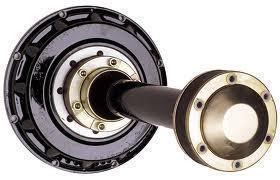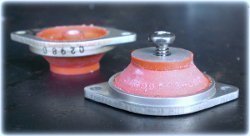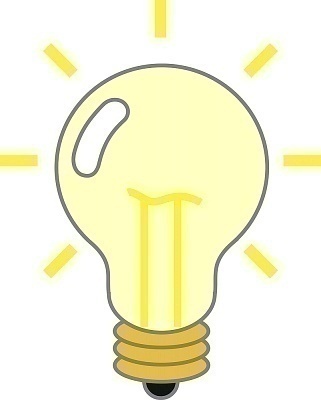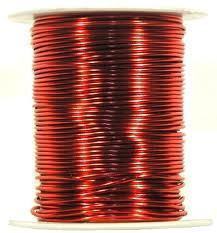Solid mechanics defines torsion as the twisting of an object as a result of applied torque. Torsional vibration can be broadly described as the angular vibration of any object. It can be defined specifically as the periodic motion corresponding to a shaft, where the shaft is twisted about its axis, alternating from one direction to the other.
Where does Torsional Vibration Occur?
Torsional vibration is commonly a concern in large power transmission systems that incorporate shafts or couplings. In such environments, uncontrolled torsional vibration can cause transmission failure. An ideal power transmission system (that uses rotating parts such as shafts) is one in which the applied and reacted torque (measure of turning force on an object, in this case the shaft) is smooth, thereby resulting in motion that is predictable and has a constant speed. Unfortunately, this is not how power transmission systems function in reality. In most cases, the torques created are not smooth. A good example of this is the internal combustion engine used in various vehicles. In addition, the parts that transmit the generated torques wear down or become misaligned over time, resulting in rough torques. It is practically impossible to ensure that all components of a power transmission system function perfectly all the time. Therefore, alternating torques occur all the time, resulting in vibration about the axis of rotation.
Torsional Vibration in Internal Combustion Engines
Torsional vibration is common to internal combustion engine crankshafts for many reasons: 1) The crankshaft’s slider-crank mechanism that connects the rod and piston results in alternating torques. 2) The cylinder pressure generated during the combustion process is not constant throughout the internal combustion process. Even if the pressure is constant, the slider-crank mechanism is incapable of producing smooth torque. 3) The connecting rod-piston’s motion mass generates alternating torque.
Furthermore, engines that incorporate multiple cylinders usually have very flexible crankshafts because of their long length. Also, crankshafts are inherently equipped with little or no damping to reduce vibrations.
Effects of Torsional Vibration
Unchecked torsional vibration can cause cracking, crankshaft failure, or failure of the parts that the crankshaft drives. These damages are usually at the front of the engine, as the flywheel’s inertia cuts down motion at the rear end of the engine. Torsional vibration can also cause excessive wear and tear of bearings and gear parts. It can lead to broken accessory drives and the throwing/slapping of engine belts.
Torsional Vibration Control
Torsional vibration can be controlled by placing a torsional damper at the front nose of the crankshaft. This damper is usually included as a part of the front pulley in automobiles. Torsional dampers are of two types:
Viscous Dampers: These consist of an inertia ring placed in a viscous liquid. Any torsional vibration that occurs in the crankshaft makes the fluid pass through narrow passages that dispels the vibration as heat. A car suspension system’s hydraulic shock absorber is comparable to a viscous damper.
Harmonic Dampers: These are the tuned absorber type that are incorrectly referred to as harmonic balancers. They use a spring element, usually made of rubber and an inertia ring, that is typically tuned to the crankshaft’s first natural torsional frequency. They are capable of lessening vibration only at specific engine speeds, that is, when the torque corresponds to the crankshaft’s first natural frequency. They do not function at other speeds. They can be compared to tuned mass dampers that are built into skyscrapers to minimize motion during earthquakes.
Measuring Torsional Vibration
The most common way to calculate torsional vibration is by using equidistant pulses over a single shaft revolution. Shaft encoders or gear tooth pickup transducers dedicated for this task generate these pulses. The resultant pulse train is converted into either a digital rpm reading or a voltage proportional to the rpm.
Dual beam lasers are also used to measure torsional vibration. This method calculates the difference in reflection frequency between two perfectly aligned beams pointing at different points of a shaft. Though they have their advantages, dual beam lasers can only output a limited frequency range. Also, multiple lasers will be required if multiple points need to be measured in parallel.




Follow Us!